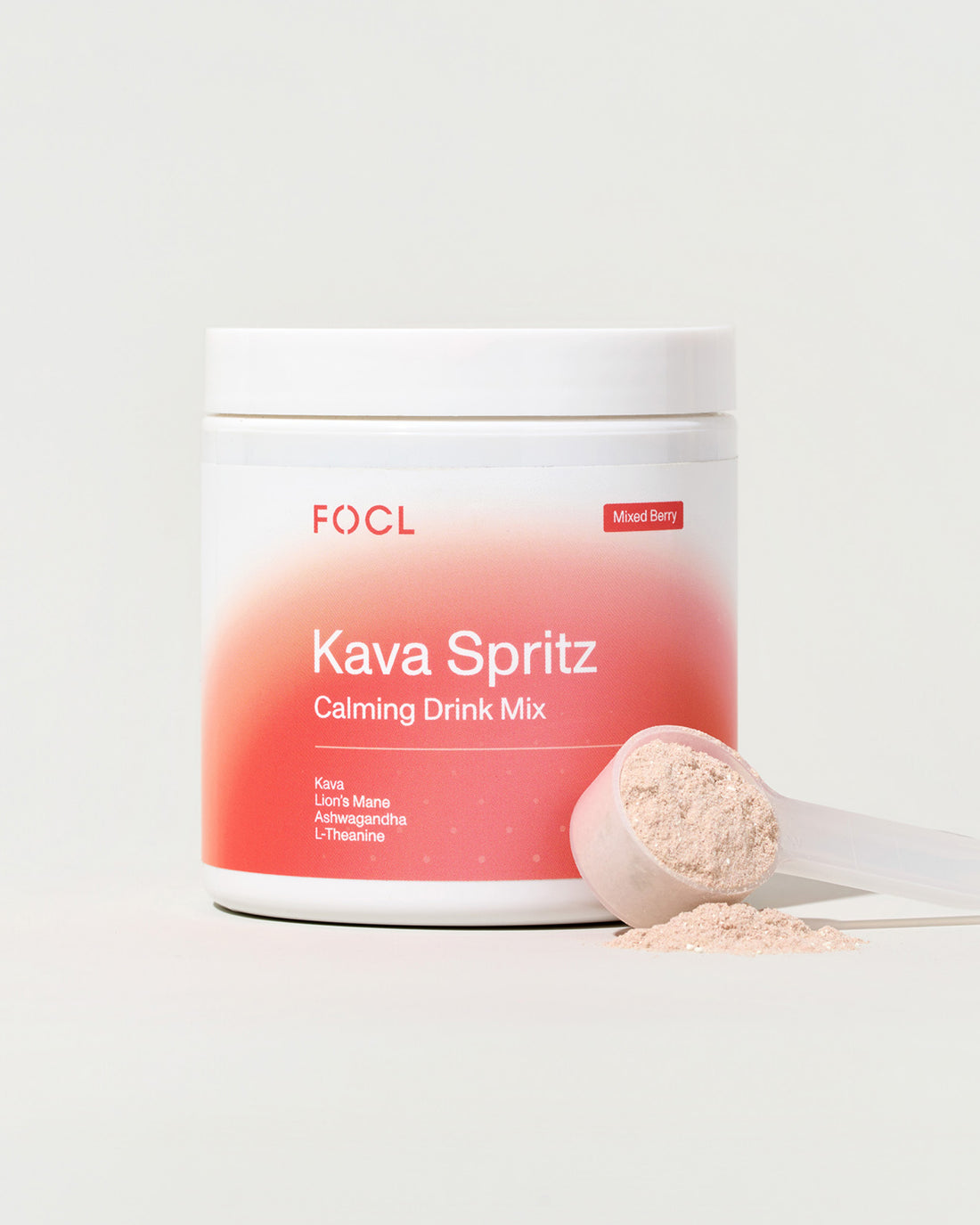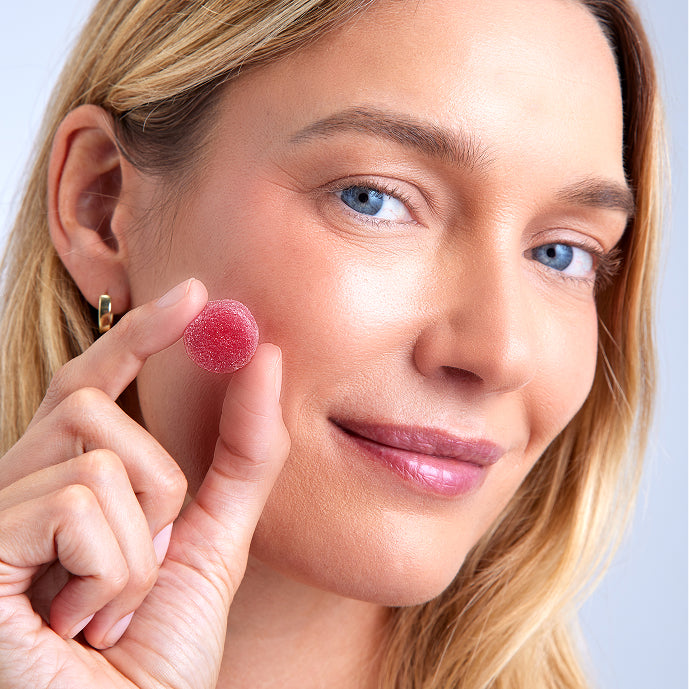Find your path to feeling good
We’re on a mission to protect your rest, lift your mood, and help you get the most out of every moment.
Better Sleep
Plant-powered supplements that help you get the restful sleep you need.*
-
THC+ Sleep 2.5mg Gummies
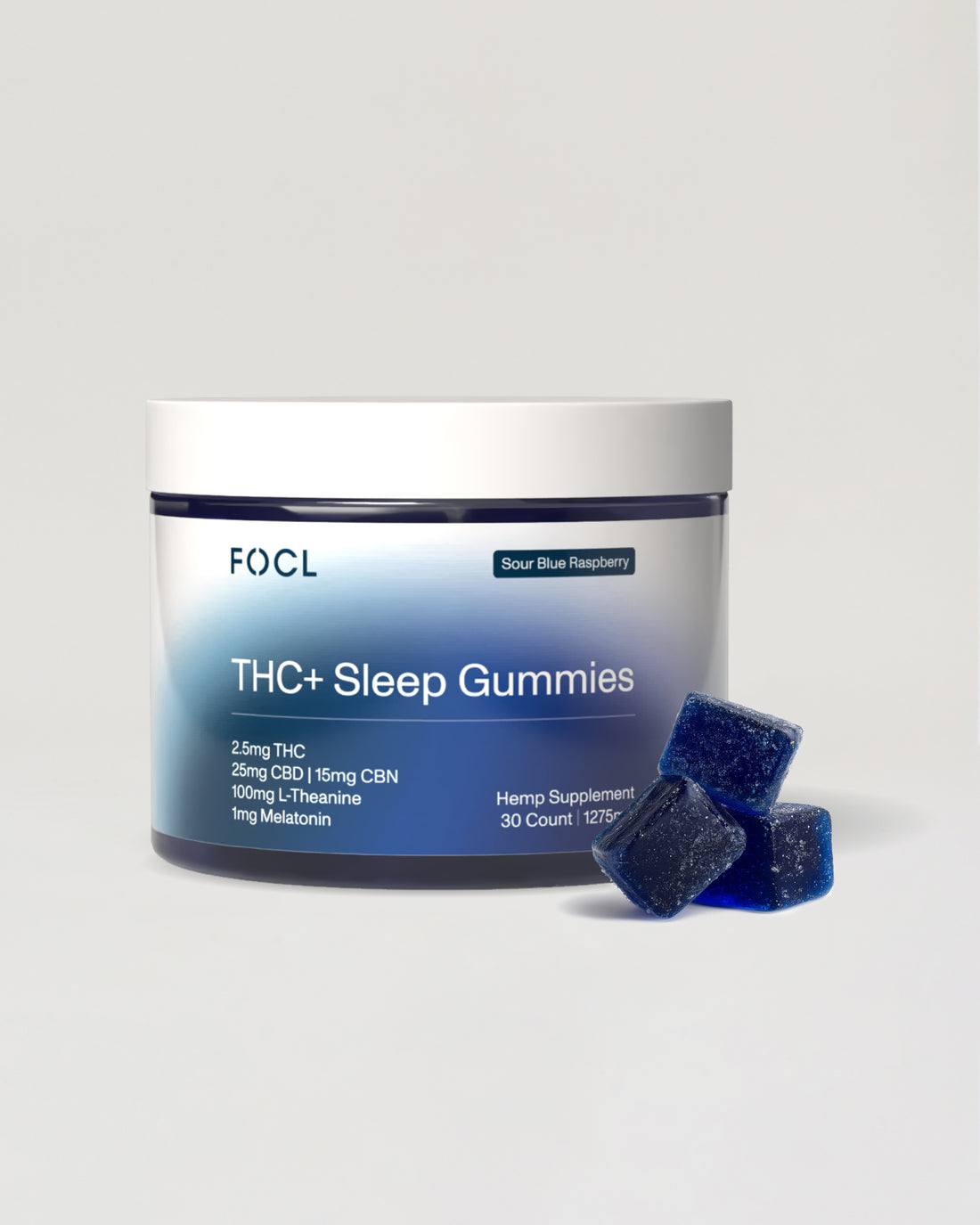
THC+ Sleep 2.5mg Gummies
- Regular price
-
$55.20 - Regular price
-
$69.00 - Sale price
-
$55.20
Add to cart -
THC+ Sleep 2.5mg Melatonin-Free Gummies

THC+ Sleep 2.5mg Melatonin-Free Gummies
- Regular price
-
$47.20 - Regular price
-
$59.00 - Sale price
-
$47.20
Add to cart -
Unlock Subscriber Perks
-
Sleep Gummies THC-Free
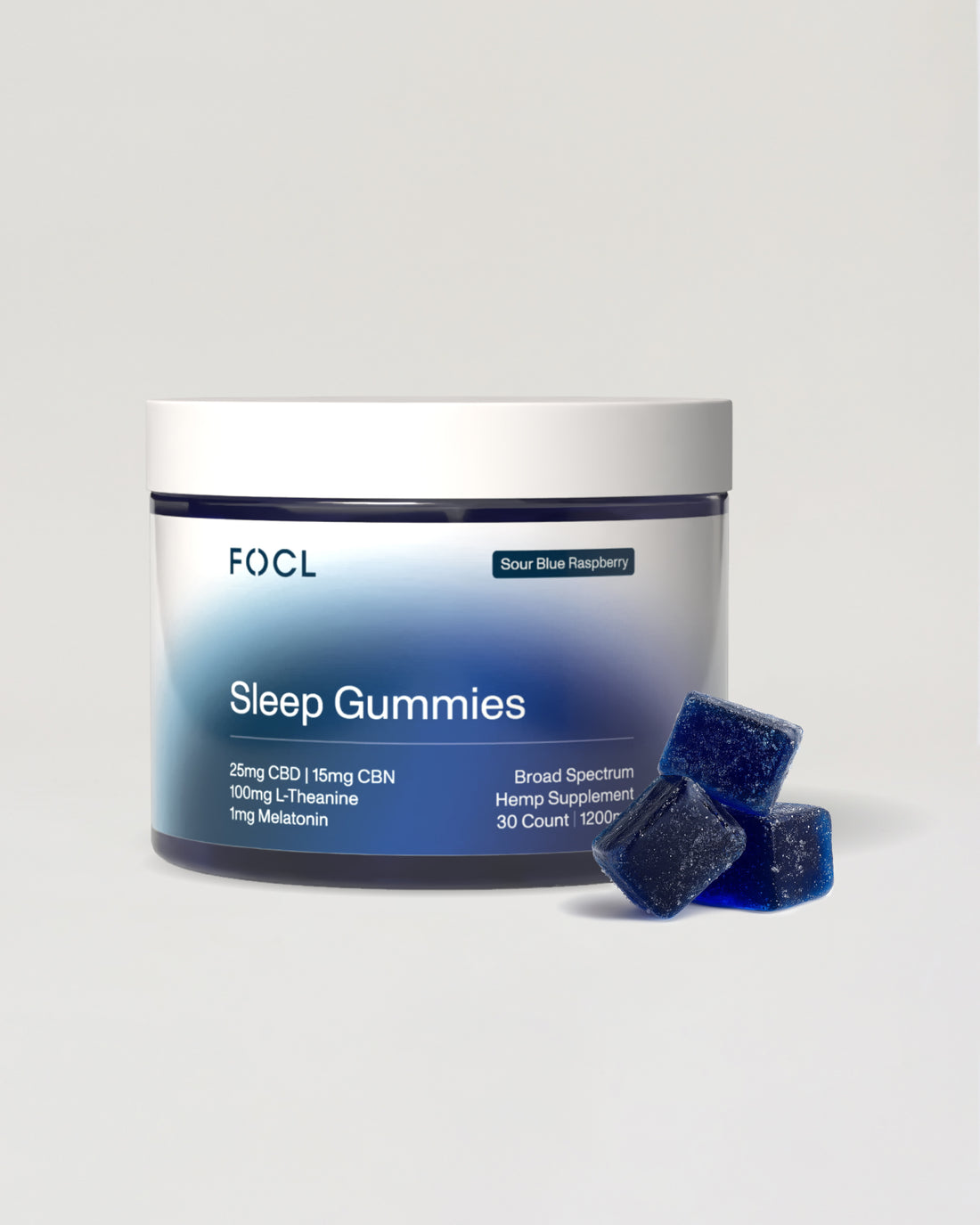
Sleep Gummies THC-Free
- Regular price
-
$31.20 - Regular price
-
$39.00 - Sale price
-
$31.20
Add to cart
Recreational
Designed for fully unwinding, unleashing giggles, and enjoying the moment to the max.*
-
THC+ Extra 10mg Gummies
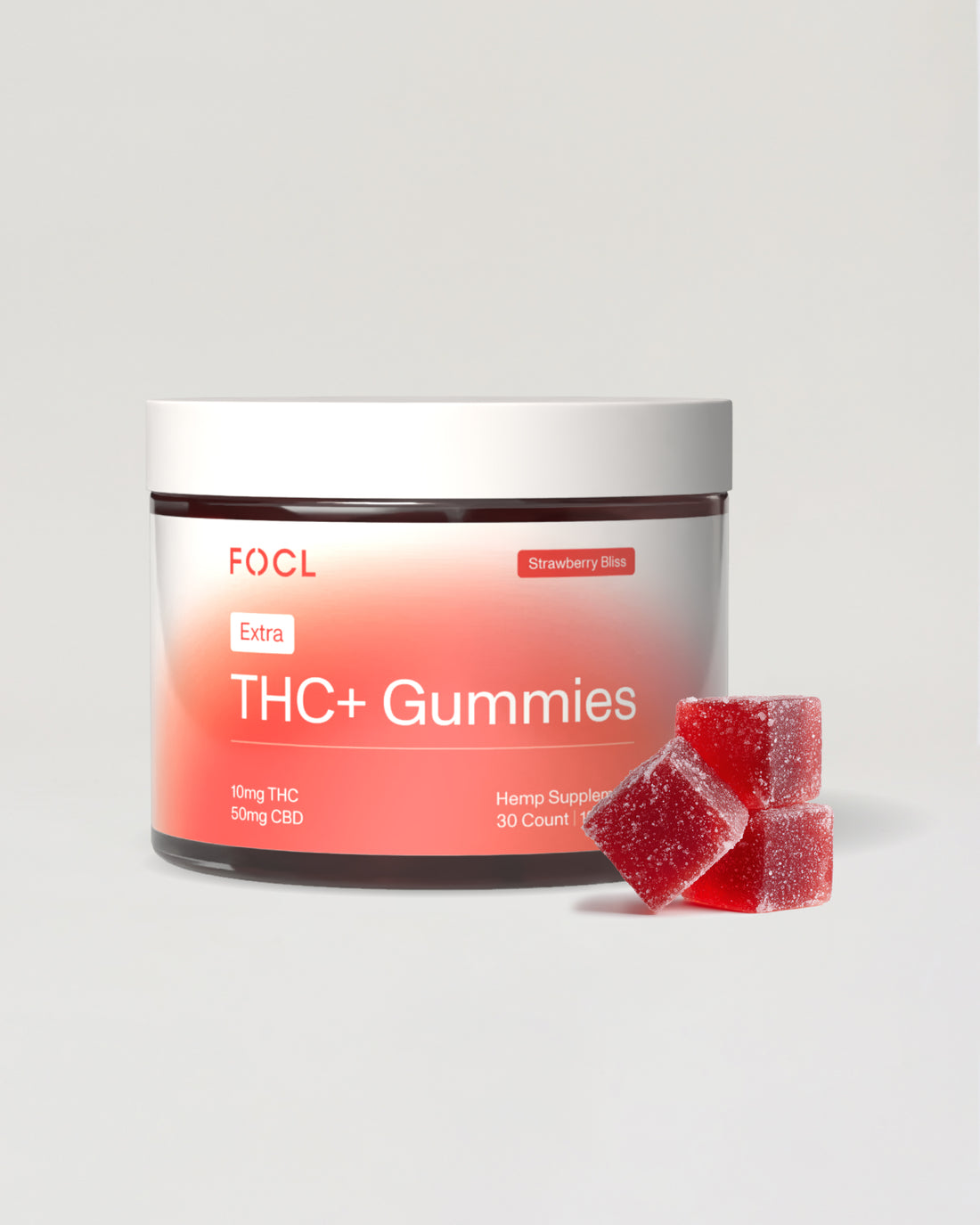
THC+ Extra 10mg Gummies
- Regular price
-
$63.20 - Regular price
-
$79.00 - Sale price
-
$63.20
Add to cart -
THC+ All-Day Variety Pack
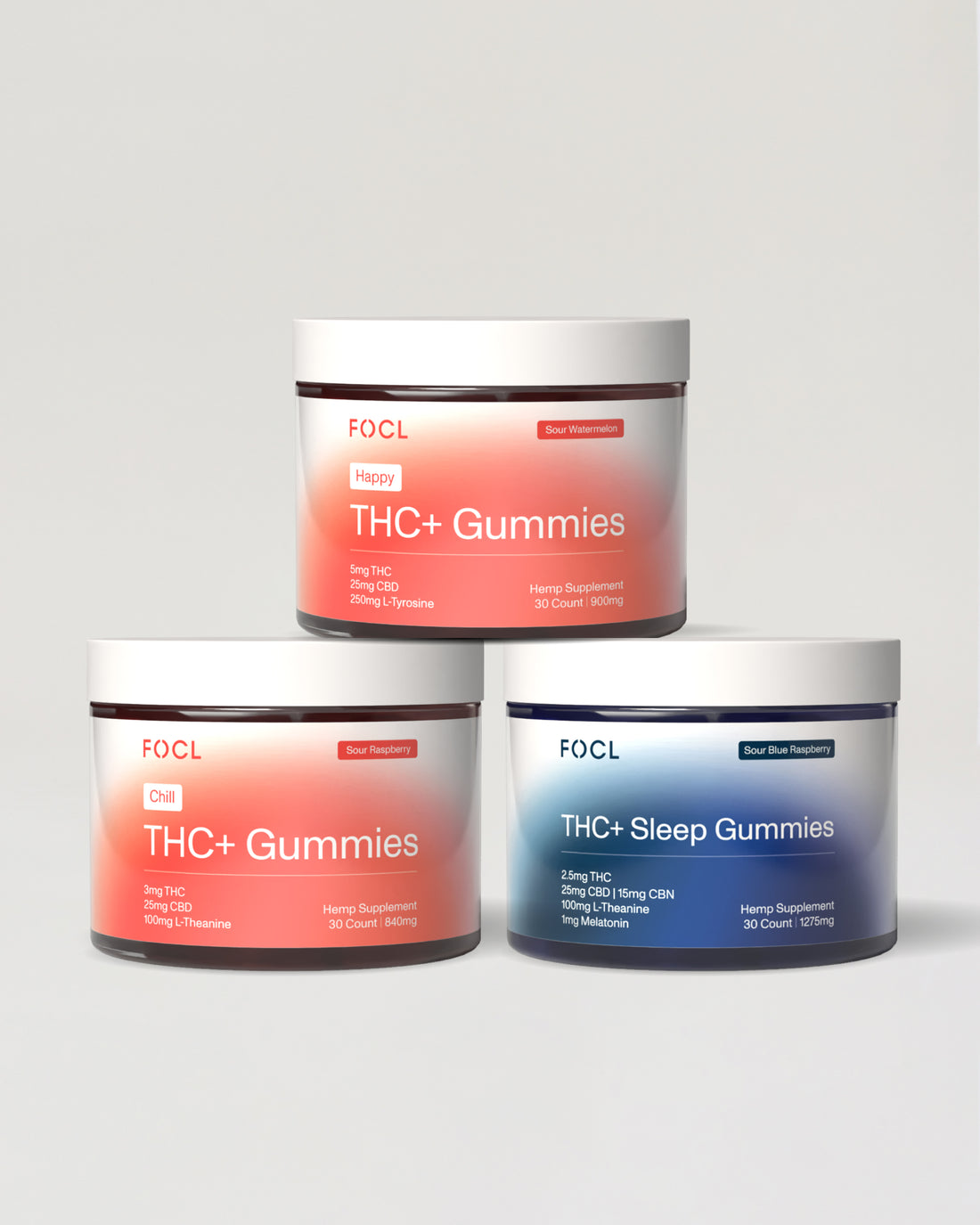
THC+ All-Day Variety Pack
- Regular price
-
$127.44 - Regular price
-
$177.00 - Sale price
-
$127.44
Add to cart -
THC+ Happy 5mg Gummies
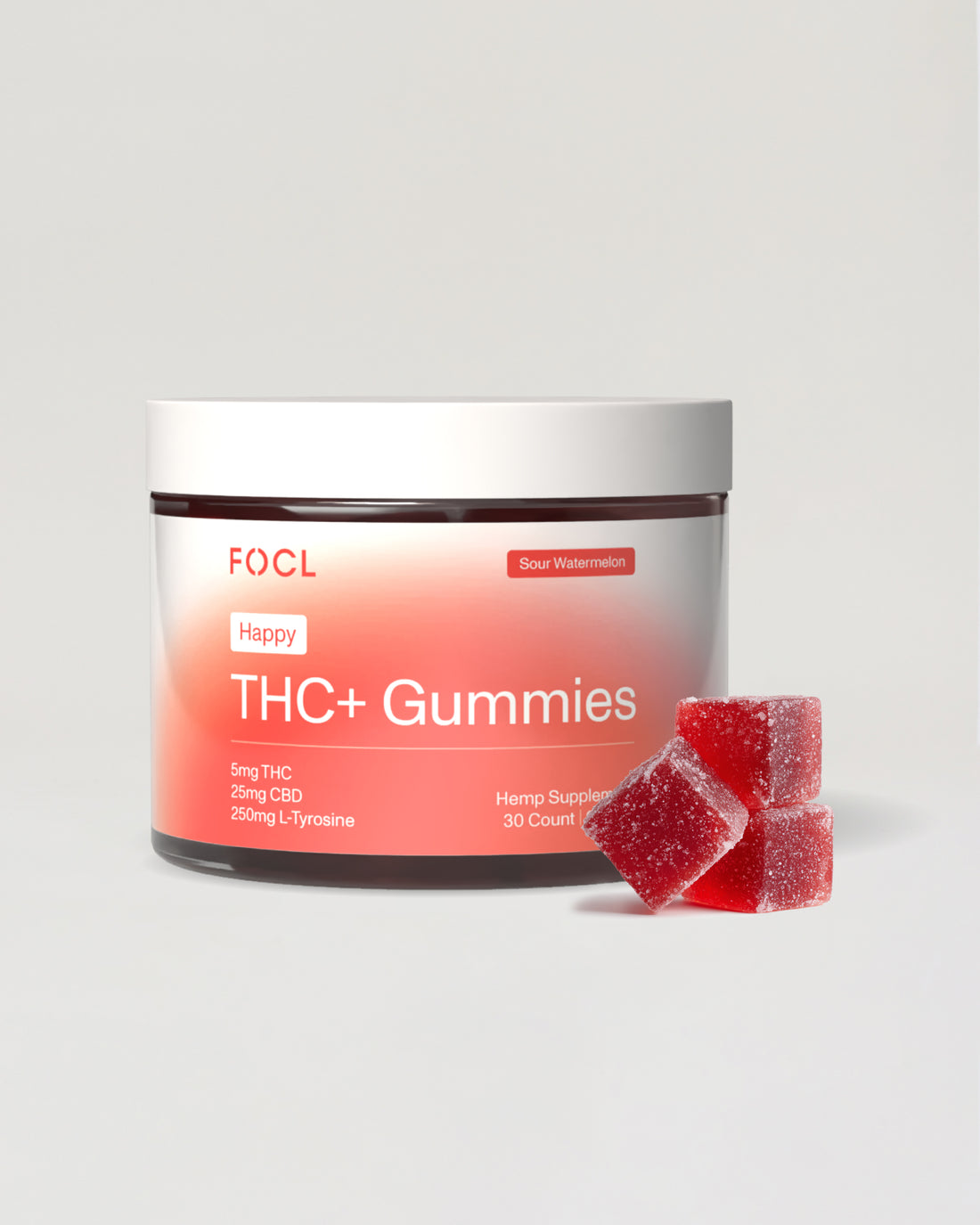
THC+ Happy 5mg Gummies
- Regular price
-
$47.20 - Regular price
-
$59.00 - Sale price
-
$47.20
Add to cart -
THC+ Chill 3mg Gummies
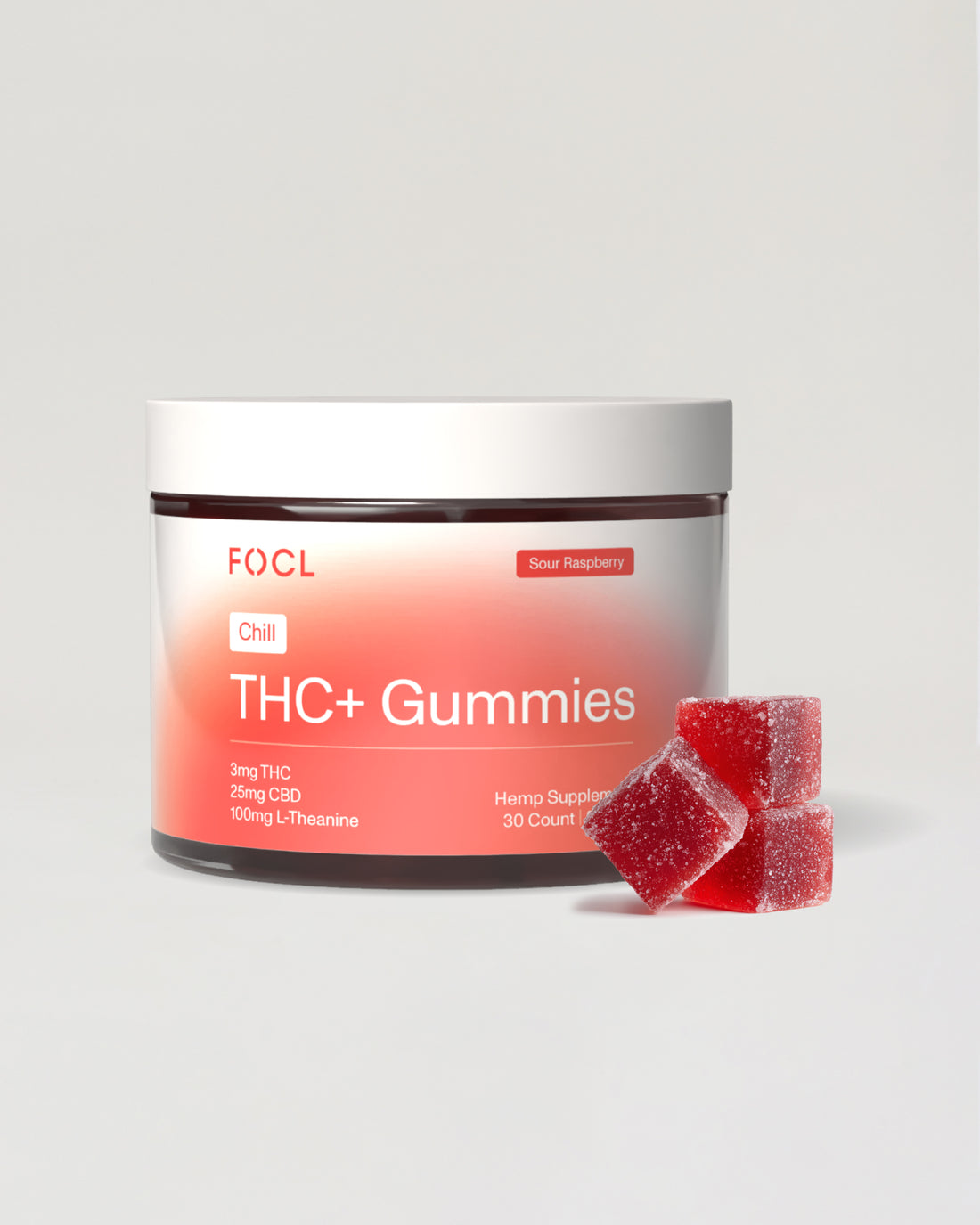
THC+ Chill 3mg Gummies
- Regular price
-
$39.20 - Regular price
-
$49.00 - Sale price
-
$39.20
Add to cart
Alcohol Alternatives
Enjoy the moment and skip the hangover with these alcohol-free mood boosters.*
-
Kava Gummies
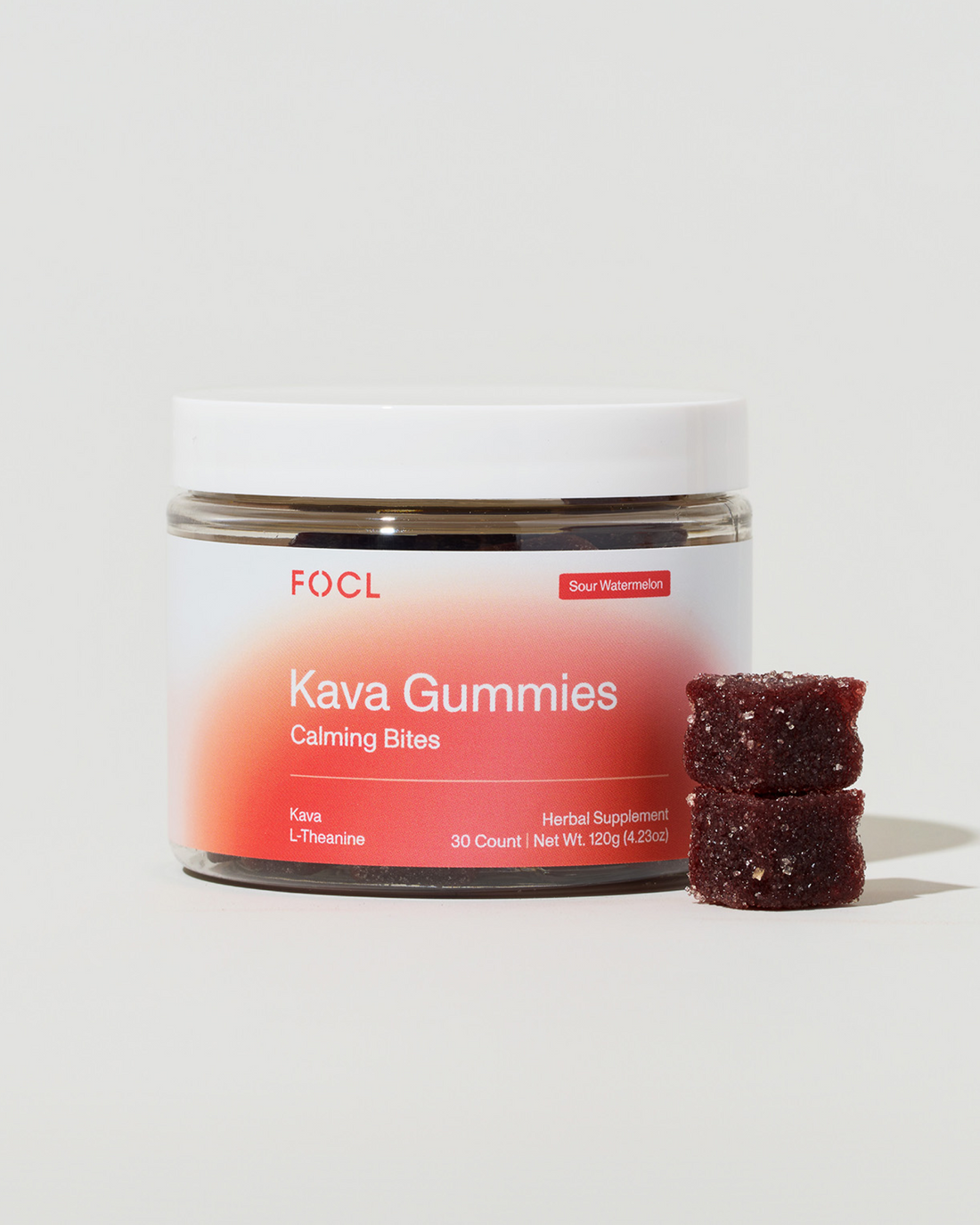
Kava Gummies
Choose options- Regular price
-
$31.20 - Regular price
-
$39.00 - Sale price
-
$31.20
-
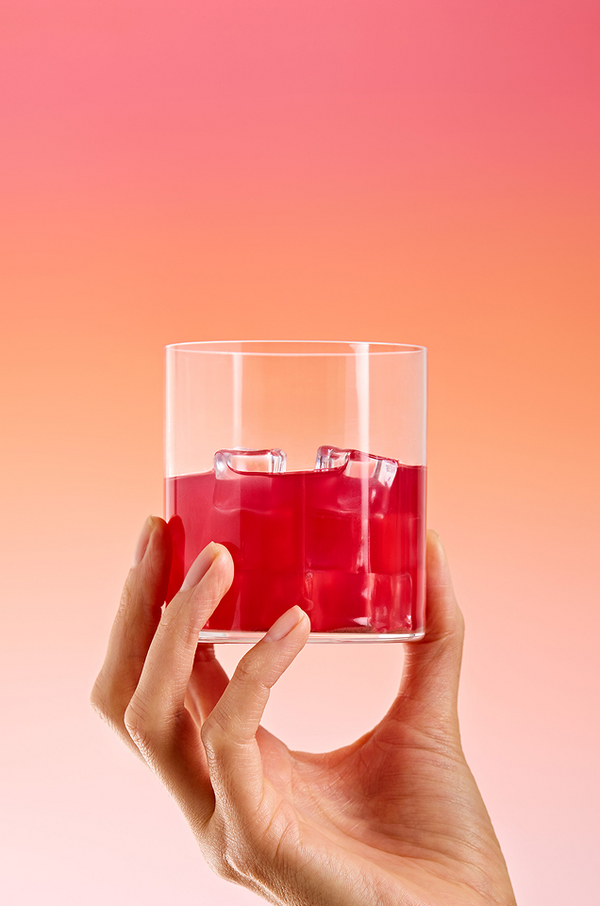
-
Daily Calm Full Spectrum Drops
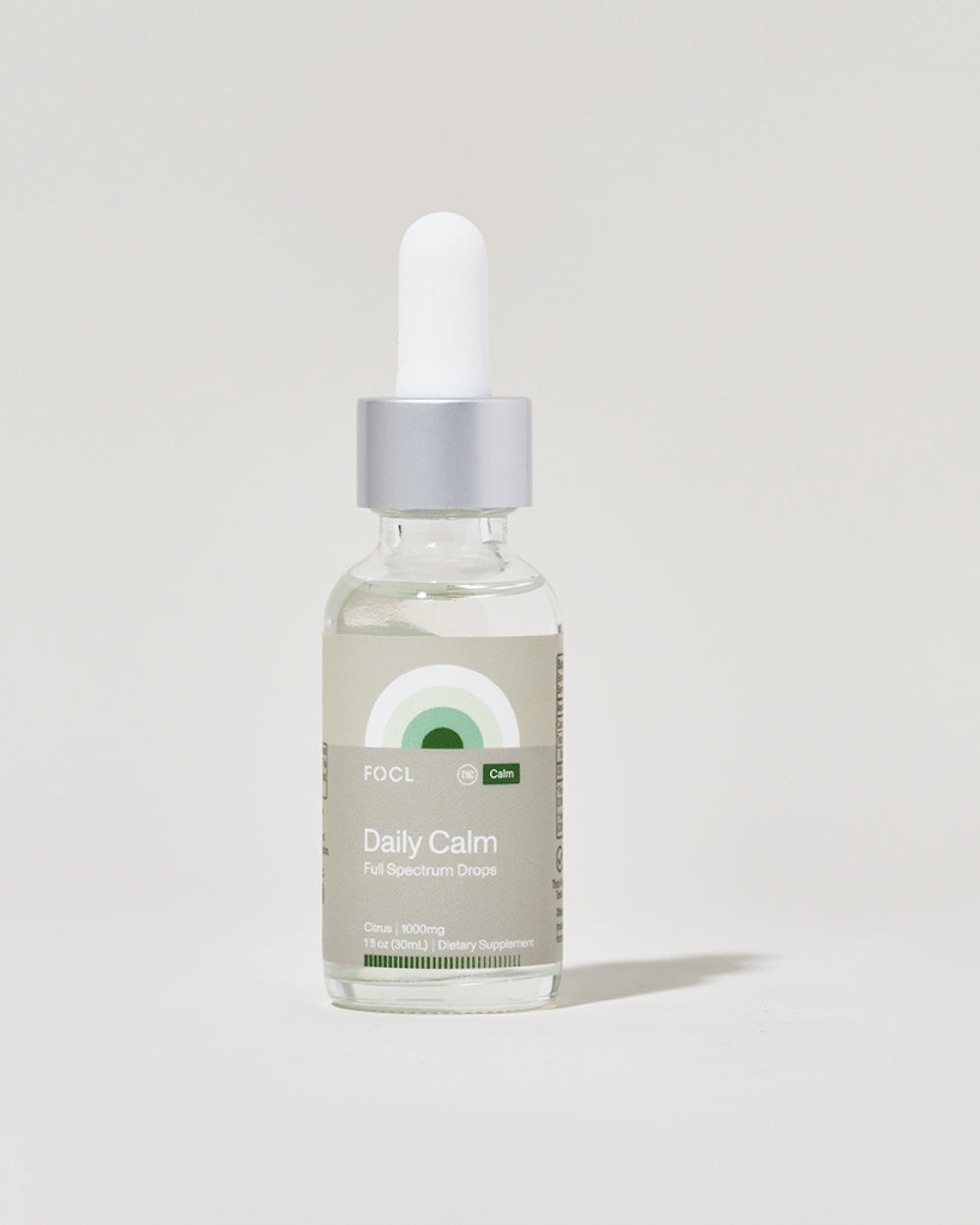
Daily Calm Full Spectrum Drops
Choose options- Regular price
-
$39.20 - Regular price
-
$49.00 - Sale price
-
$39.20
Relief
Soothe aches and pains, inside and out, with clean, plant-powered support.*
-
Deep Relief Cooling Cream
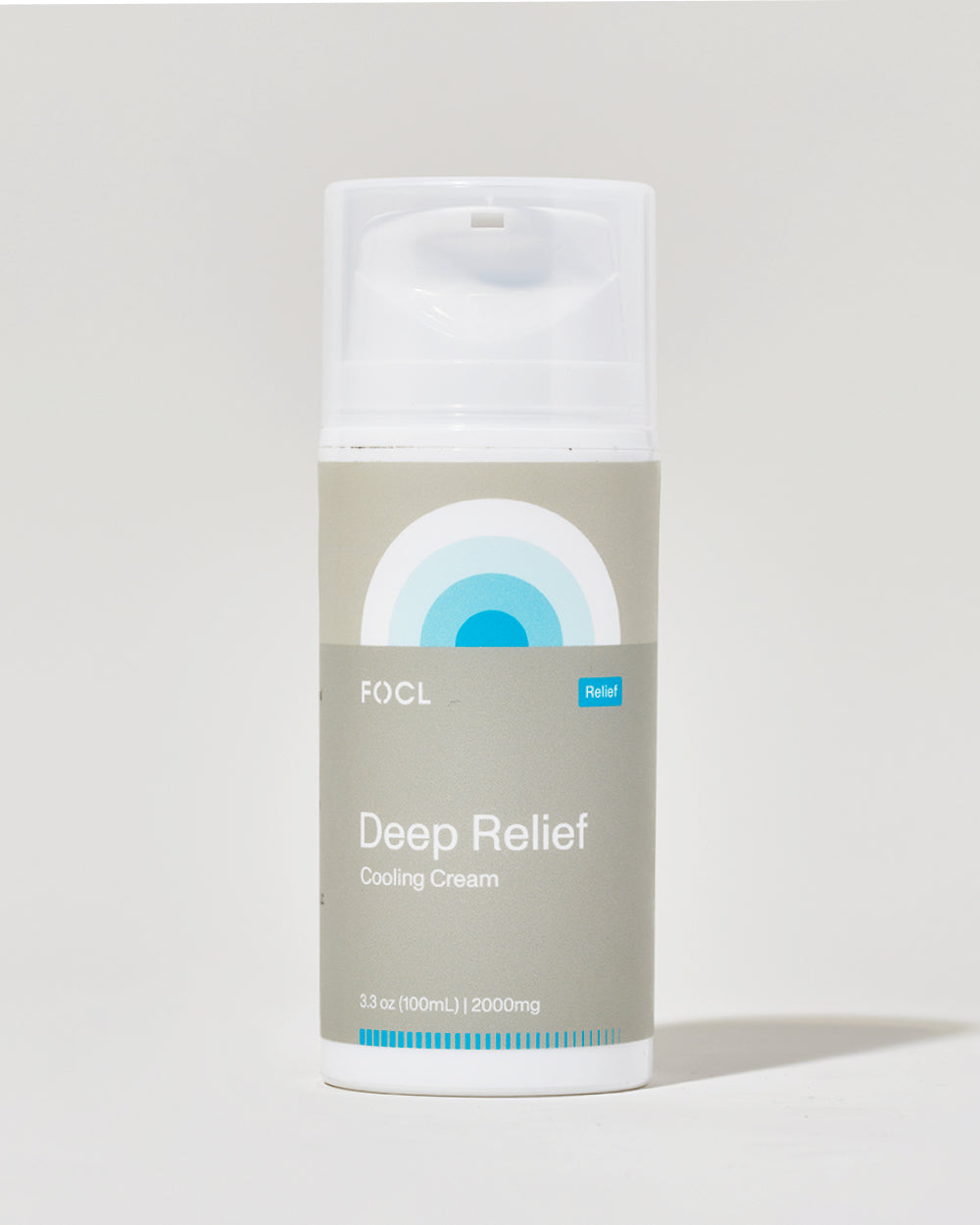
Deep Relief Cooling Cream
Choose options- Regular price
-
$31.20 - Regular price
-
$39.00 - Sale price
-
$31.20
-
Daily Soothe Full Spectrum CBG+CBD Drops
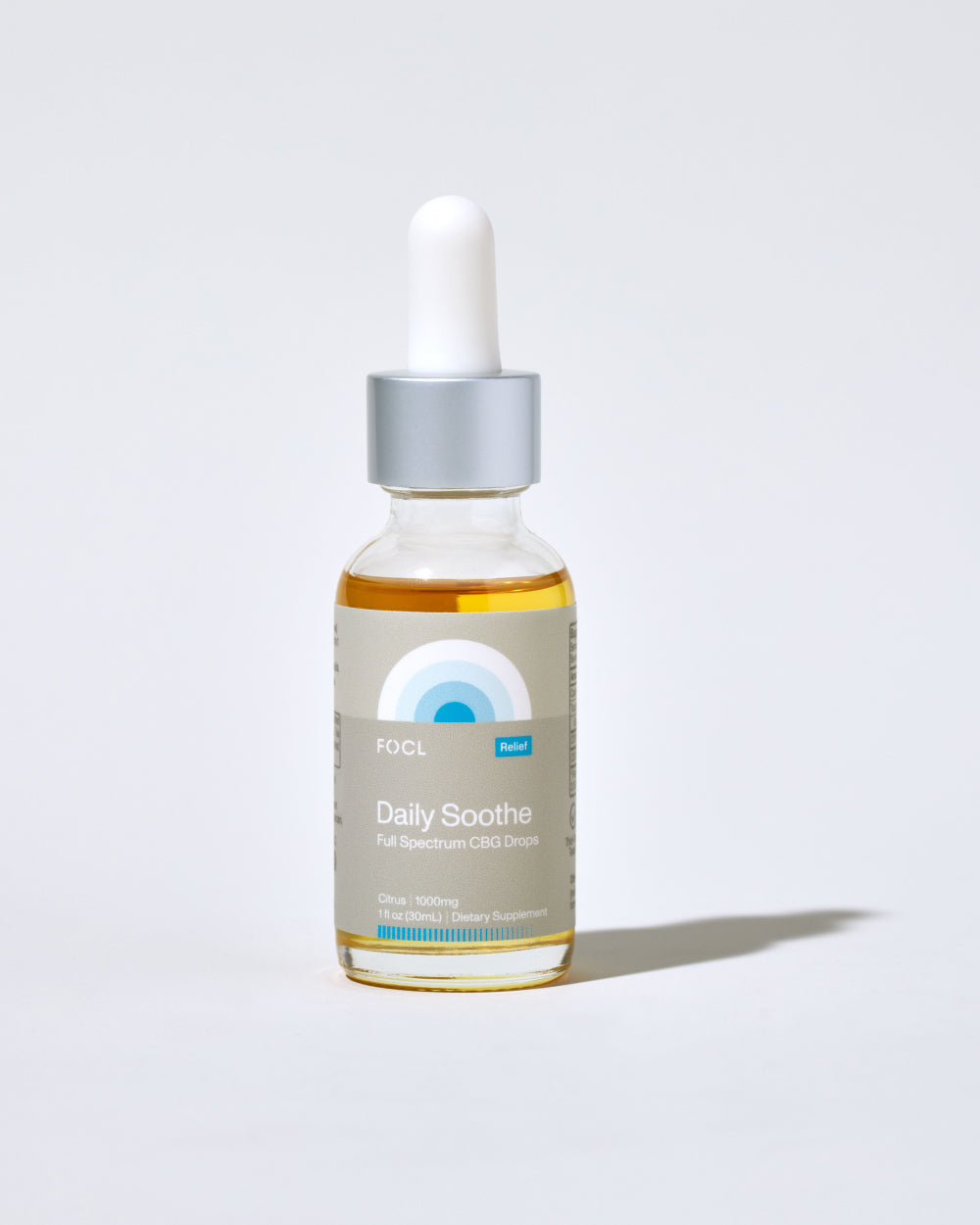
Daily Soothe Full Spectrum CBG+CBD Drops
Choose options- Regular price
-
$55.20 - Regular price
-
$69.00 - Sale price
-
$55.20
-
Relief Bundle
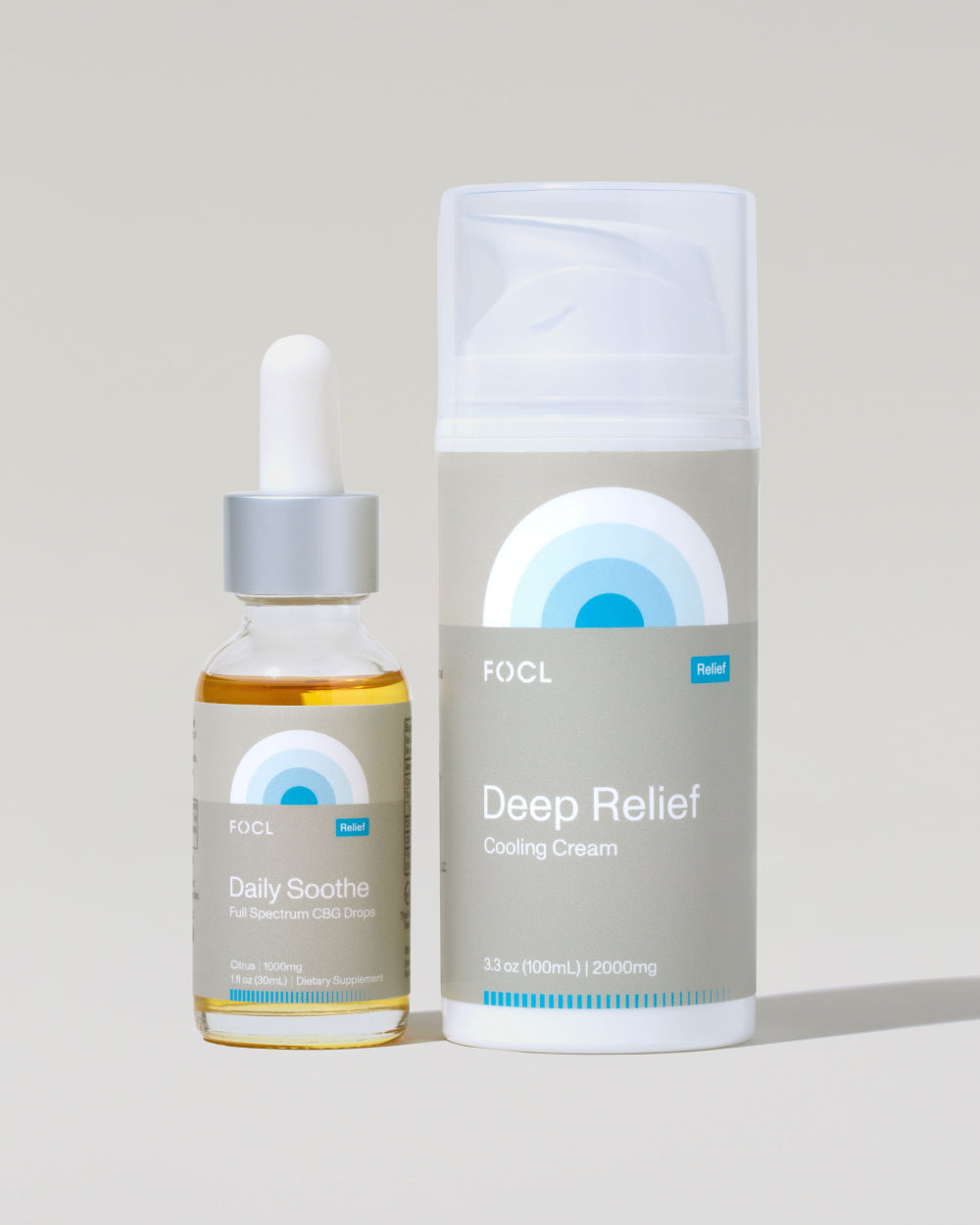
Relief Bundle
Choose options- Regular price
-
$94.40 - Regular price
-
$118.00 - Sale price
-
$94.40
A good life starts with good sleep
Everything we do is in pursuit of a better night’s rest for you—without harsh or habit-forming ingredients.










